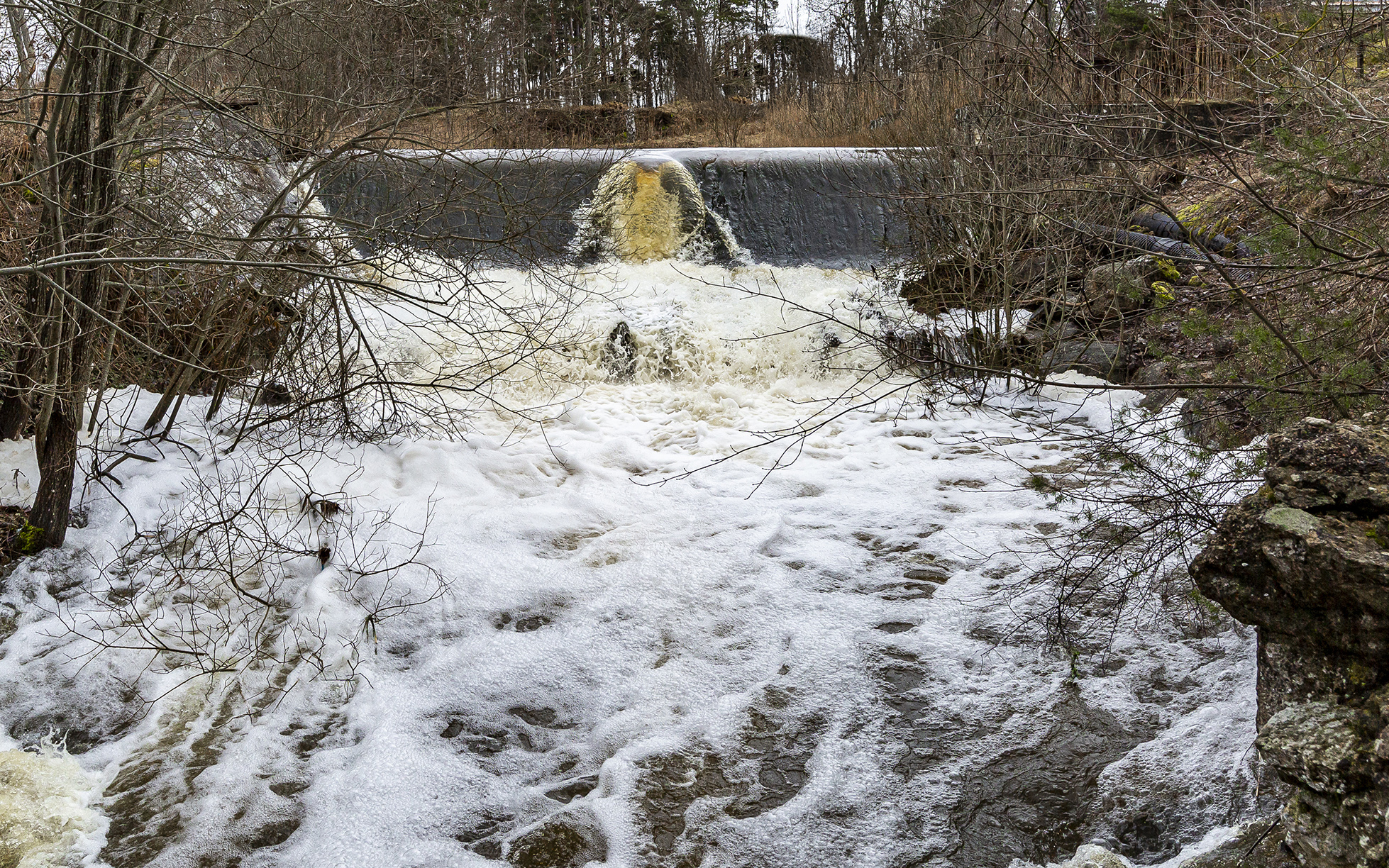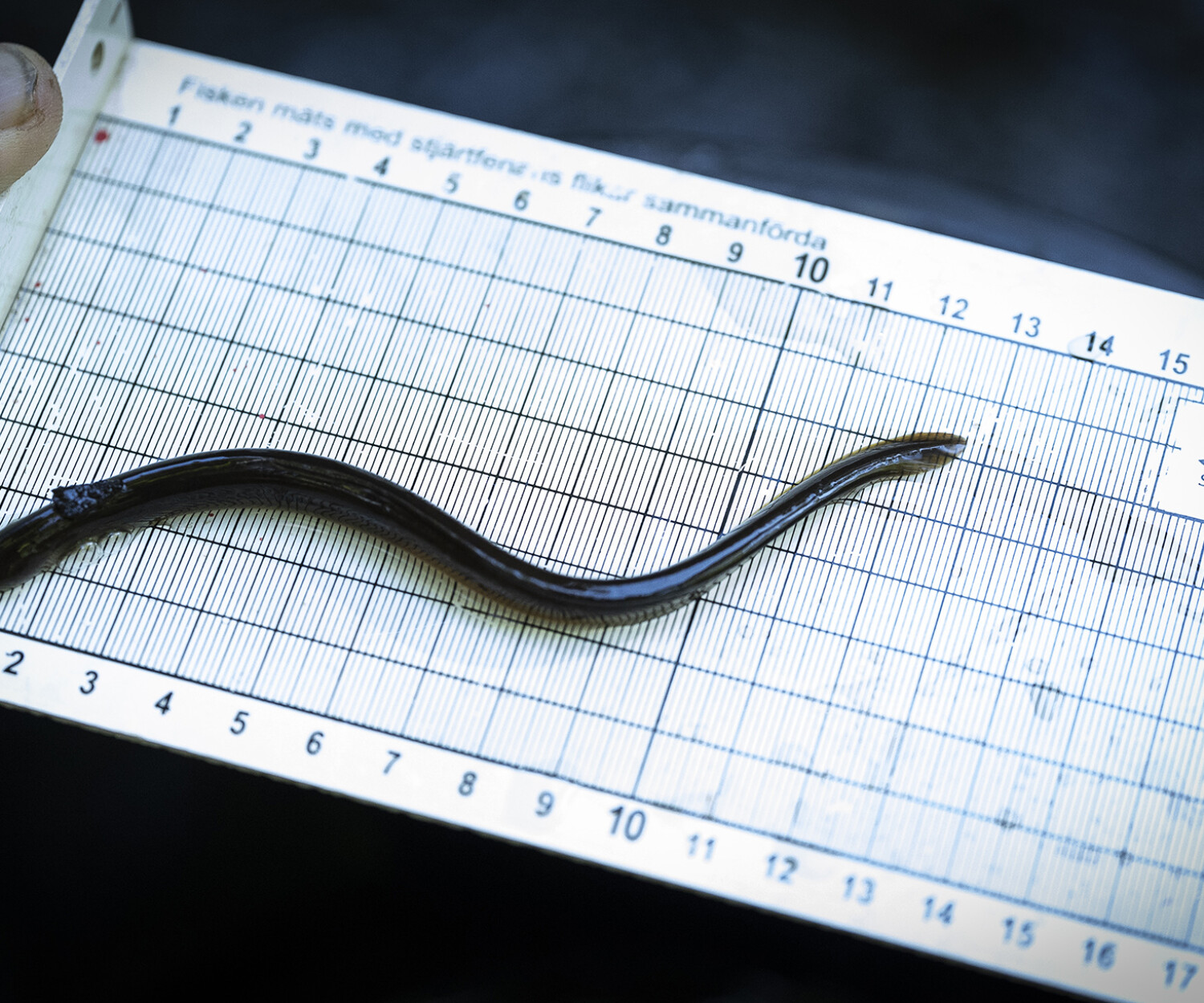River Rönne å
Floodplain and free migration routes
River Rönne å and its tributaries have high nature values and a rich fauna, some of which have already been improved by river restoration, wetland restoration, etc. The Improve Aquatic LIFE project continues the positive development of the ecological status of the river.
River Rönne å is located in the western part of Skåne and flows into Skälderviken in the Kattegat. River Rönne å is Skåne’s second largest river with a catchment area of 1 890 km² and a length of 83 kilometers. Two kilometers of the main river have Natura 2000 status, and a further 19 kilometers are proposed as new Natura 2000 site, including 15 kilometers of the tributary Bäljane å. In addition, 13 kilometers of two other tributaries of River Rönne å have Natura 2000 status.
River Rönne å has a rich fish fauna with 17 known species, including salmon, sea lamprey and river lamprey
Rich fish fauna, birds and bats
River Rönne å has a rich fish fauna with 17 known species, including salmon, sea lamprey and river lamprey, which are target species in the project. The river is also one of Sweden’s most important rivers for the critically endangered European eel. The river contains weak populations of two threatened large mussels, the freshwater pearl mussel and the thick-shelled river mussel. The area is also of high value for terrestrial fauna and flora, especially birds such as the white-tailed godwit, kingfisher, lesser spotted woodpecker and common tern. Mammals observed include several bat species and Eurasian otter.
Obstacles hindering fish migration and sediment transport
The river flows from the lakes Ringsjöarna through an agricultural landscape with deciduous forest to Skälderviken. At Klippan, about 38 kilometers from the coast, the hydromorphology changes, and the river changes from calm flowing to more fast flowing with several rapids. The rapids have been exploited by humans and for a long time hydropower has been produced at several power stations. This has meant that migratory fish species have been prevented from reaching their spawning grounds in the upper parts of River Rönne å and that sediment, animals and plants have not been transported down to the sea from the lakes Ringsjöarna and tributaries along the river. The project LIFE CONNECTS will remove the three remaining hydropower plants in the main channel of River Rönne å, which means that migratory fish species and other animals will have free access to the upper parts of the river.
Restoration improves habitats
In the Improve Aquatic LIFE project, habitats will be restored where they have historically been cleared of stones and straightened. Recreating more natural habitats will benefit the project’s target species and many other species of fauna and flora. Sea lamprey and river lamprey habitats will be restored downstream from spawning areas, as physical changes to the streams have reduced the availability of such habitats for lamprey. These species require both flowing and calm water environments, which provide spawning and nursery areas. The availability of calm-flowing areas is currently in short supply and the project will therefore restore rearing habitats for lamprey downstream of the more flowing spawning areas that also will be restored in the project.
In addition, floodplains will be reactivated to restore a more natural hydrology. The result will be improved water quality, reduced nutrient transport and a better ability to cope with the effects of climate change such as flooding and drought.
Host fish help mussel reproduction
Both the freshwater pearl mussel and the thick-shelled river mussel depend on host fish to reproduce. To improve the survival of these species, host fish infected with mussel larvae will be released into various water bodies. For example, the freshwater pearl mussel population in the Klingstorpabäcken tributary, which currently does not have a functioning breeding population, will benefit from the re-introduction.
Strategically working on habitat restoration, hydrological restoration and increased connectivity will significantly improve hydrology, habitat quality, biodiversity and fish production. It will improve fish and mussel habitats and contribute to an improved conservation status of targeted habitats and species in the project.


Survival of river pearl mussels depends on host fish
Barriers to migration
Removing migration barriers and opening up the river pearl mussel’s host fish, salmon and trout, will increase the species’ ability to reproduce. Barriers to migration come in many forms, from natural to man-made dams and power plants. In some cases, a good solution may be to build a wildlife passage to allow fish and other organisms to bypass the migration barrier.
River Rönne å
Latest news from the project area
Here you can read news about the target species and the actions being taken in the project area.


